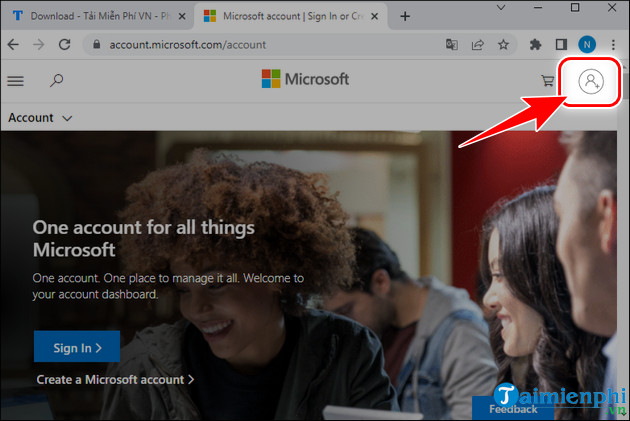
View and reply to an encrypted message for Microsoft 365 recipients using Outlook for PC You can also send an encrypted message by selecting the Protect button in Outlook on the web. To send an encrypted message from Outlook 2013 or 2016, or Outlook 2016 for Mac, select Options > Permissions, then select the protection option you need. If you want to encrypt a message that doesn't meet a pre-defined rule or your admin hasn't set up any rules, you can apply a variety of different encryption rules before you send the message. Any encryption rules will be applied automatically. For instance, your admin can create a rule that encrypts all messages sent outside your organization or all messages that mention specific words or phrases. Your admin can define rules to automatically encrypt messages that meet certain criteria. There are two primary ways to send encrypted messages. Send an encrypted message using Outlook for PC If the recipient is using another email client or email account, such as Gmail or Yahoo, they'll see a link that lets them either sign in to read the email message or request a one-time passcode to view the message in a web browser. That link will take Microsoft 365 users to Outlook on the web to read the message. Users with other email accounts will be prompted to obtain a one-time passcode and read the message in a browser window. Other customers will see a message with a link. That means messages that have the new encrypt-only policy applied can be read directly in Outlook on the web, in Outlook for iOS and Android, and now Outlook for PC versions 2019 and Microsoft 365. Note: We recently released the encrypt-only policy in Outlook for PC versions 2019 and Microsoft 365. After opening the message, the recipient can view the message just like any other. If the recipient has Outlook 2013 or 2016 and a Microsoft 365 email account, they'll see an alert about the item's restricted permissions in the Reading pane.

A message that is encrypted by Microsoft 365 Message Encryption is delivered to a recipient’s inbox just like any other email message.


 0 kommentar(er)
0 kommentar(er)
